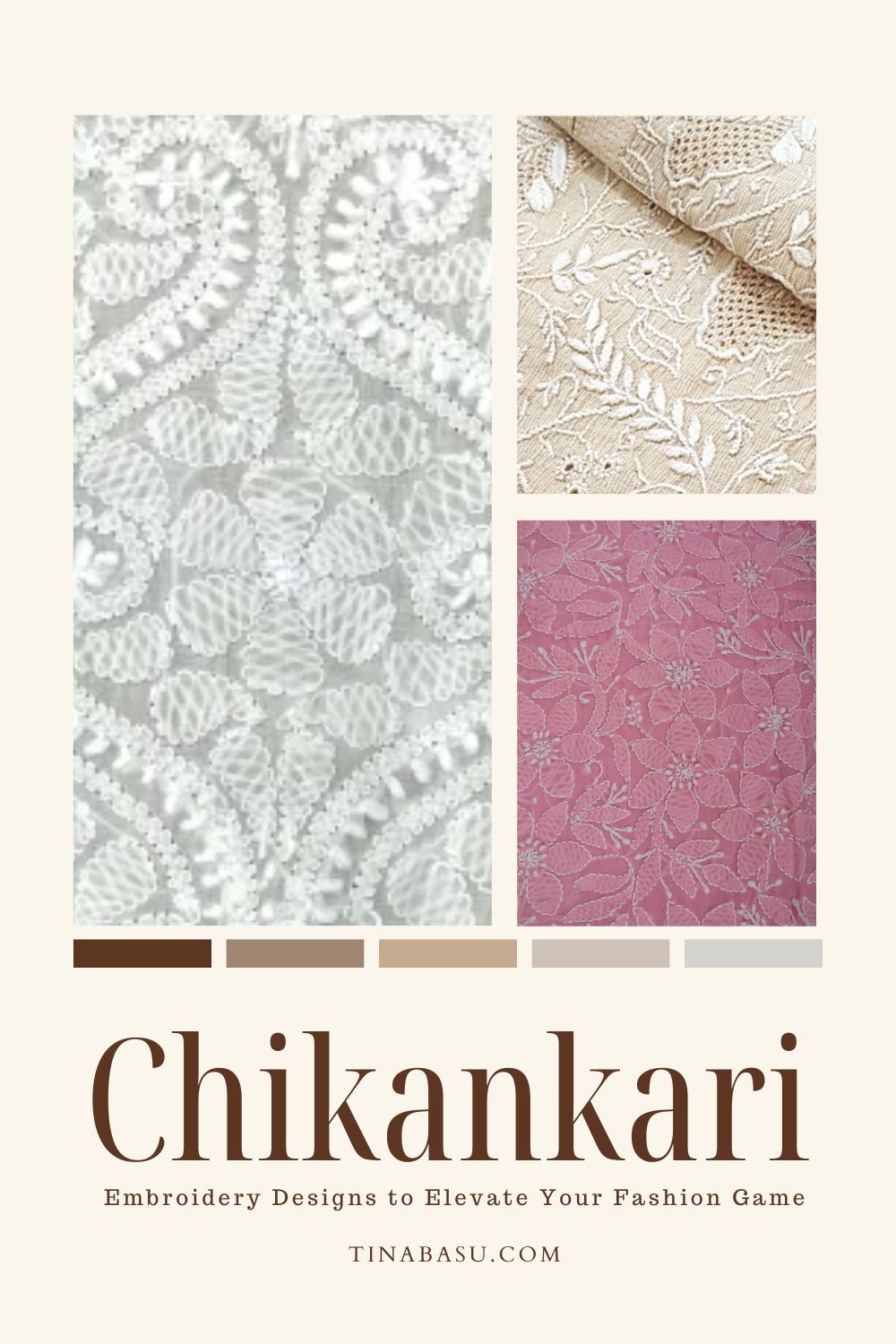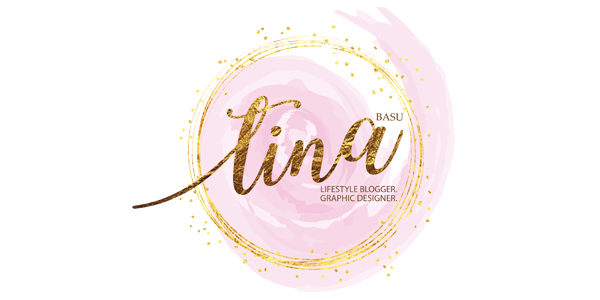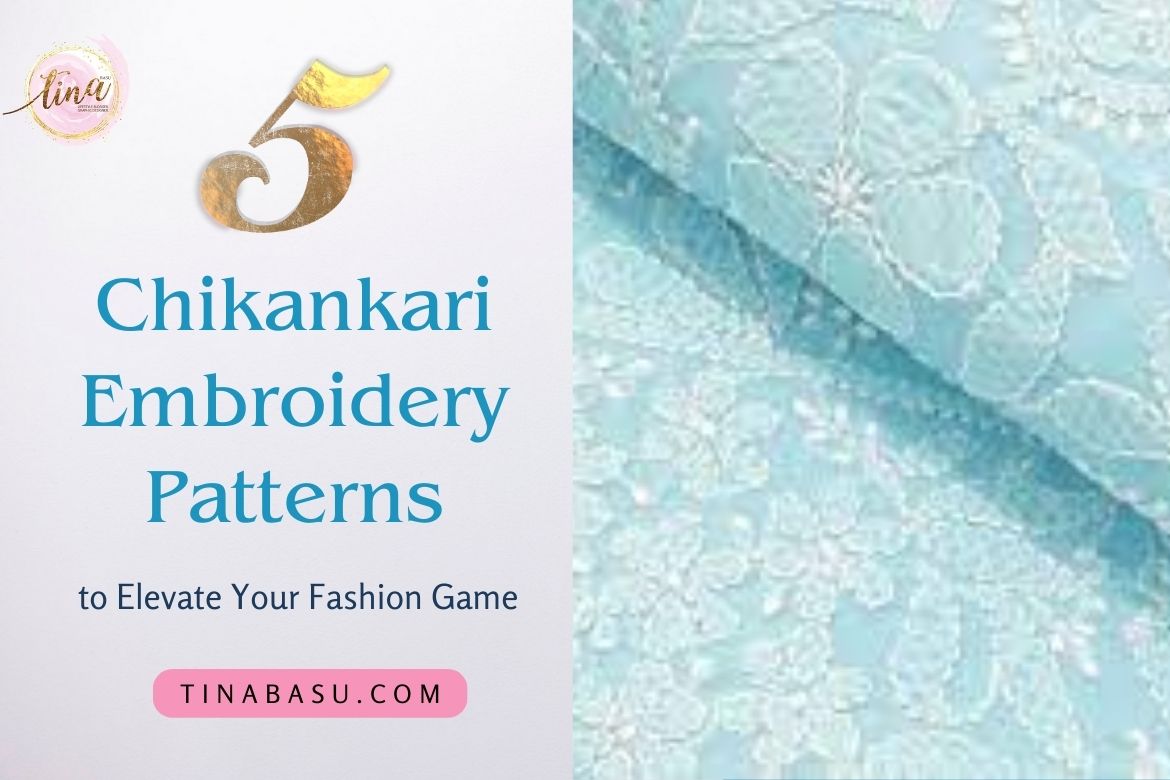Chikankari, a traditional embroidery style from Lucknow, India, is celebrated worldwide for its delicate, artful workmanship and elegant aesthetic. This intricate craft involves hand embroidery on fine fabrics like muslin, silk, chiffon, organza, net, and cotton, symbolising sophistication and cultural heritage. Let’s delve into five exquisite Chikankari embroidery designs that not only showcase the richness of this art form but can also elevate your fashion game.
5 Chikankari Embroidery Designs You Should Know About
Let’s hop on to know about the unique Chikankari embroidery designs.

-
Bakhiya (Shadow Work)
- Stitches Used: A double back stitch is used on the reverse of the fabric, creating a shadow effect on the front.
- Motifs: Floral and paisley motifs are predominant, offering a subtle and elegant look.
- Significance: Bakhiya, or shadow work, is among the oldest and most cherished Chikankari techniques. It’s renowned for its illusion of embroidery blending with the fabric, giving it a distinguished shadow effect.
Garments adorned with Bakhiya work are perfect for occasions where sophistication is vital, offering a blend of tradition and understated elegance.
2. Phanda & Murri
- Stitches Used: Phanda is a millet-shaped stitch, while Murri creates rice-shaped designs. Both form the core of Chikankari’s traditional stitch vocabulary.
- Motifs: These stitches are typically used to detail floral patterns, adding dimension and texture to the petals and leaves.
- Significance: Phanda and Murri are considered the epitome of Chikankari craftsmanship, requiring immense skill and patience. The resulting motifs are highly textured and raised, giving the fabric a richly embroidered appearance.
Garments featuring these stitches testify to the wearer’s refined taste and appreciation for intricate detailing.

-
Jaali Work
- Stitches Used: This is a technique in which the thread is never drawn through the fabric, thereby creating a net or ‘Jaali’.
- Motifs: Geometric patterns and floral designs interwoven to create transparent effects within the embroidery.
- Significance: Jaali work is a testament to the artisans’ dexterity. It showcases an incredible technique in which the fabric is cleverly manipulated to form delicate net-like patterns.
This see-through effect adds a unique allure to any outfit, making it perfect for adding a touch of glamour and intricacy to your wardrobe.
-
Keel Kangan
- Stitches Used: Keel stitch outlines the motifs, and Kangan stitch fills them, creating a raised, three-dimensional effect.
- Motifs: Curvilinear floral and vine patterns, often resembling the shape of a keel or a bangle.
- Significance: Keel Kangan work is distinctive for its raised, embossed look, which offers texture and volume to the fabric.
This style is particularly favoured in bridal and formal wear, as it embodies luxury and timeless elegance. The detailed craftsmanship involved in Keel Kangan work makes each garment a masterpiece.
-
Ghas Patti
- Stitches Used: A flat stitch resembling grass blades to fill in motifs or create all-over patterns.
- Motifs: Inspired by nature, Ghas Patti work often mimics the lushness of a meadow with delicate, grass-like stitches.
- Significance: Ghas Patti is admired for its versatility and for bringing out the beauty of simplicity in Chikankari.
This pattern gives the fabric a dense yet delicate coverage, making it suitable for casual and formal attires. It exemplifies how even the simplest patterns can transform a piece of cloth into something extraordinary.
Chikankari embroidery is not just a craft; it’s a narrative of cultural identity, meticulous artistry, and timeless fashion. Incorporating these patterns into your wardrobe bridges the gap between traditional craftsmanship and contemporary style, making each piece a treasured addition.
Whether it’s the shadowy allure of Bakhiya, the textured beauty of Phanda and Murri, the intricate jaali work, the embossed elegance of Keel Kangan, or the simplistic charm of Ghas Patti, Chikankari offers something uniquely special for every fashion enthusiast.

